Caring For Bleeding Heart Transplants – How To Transplant A Bleeding Heart Plant
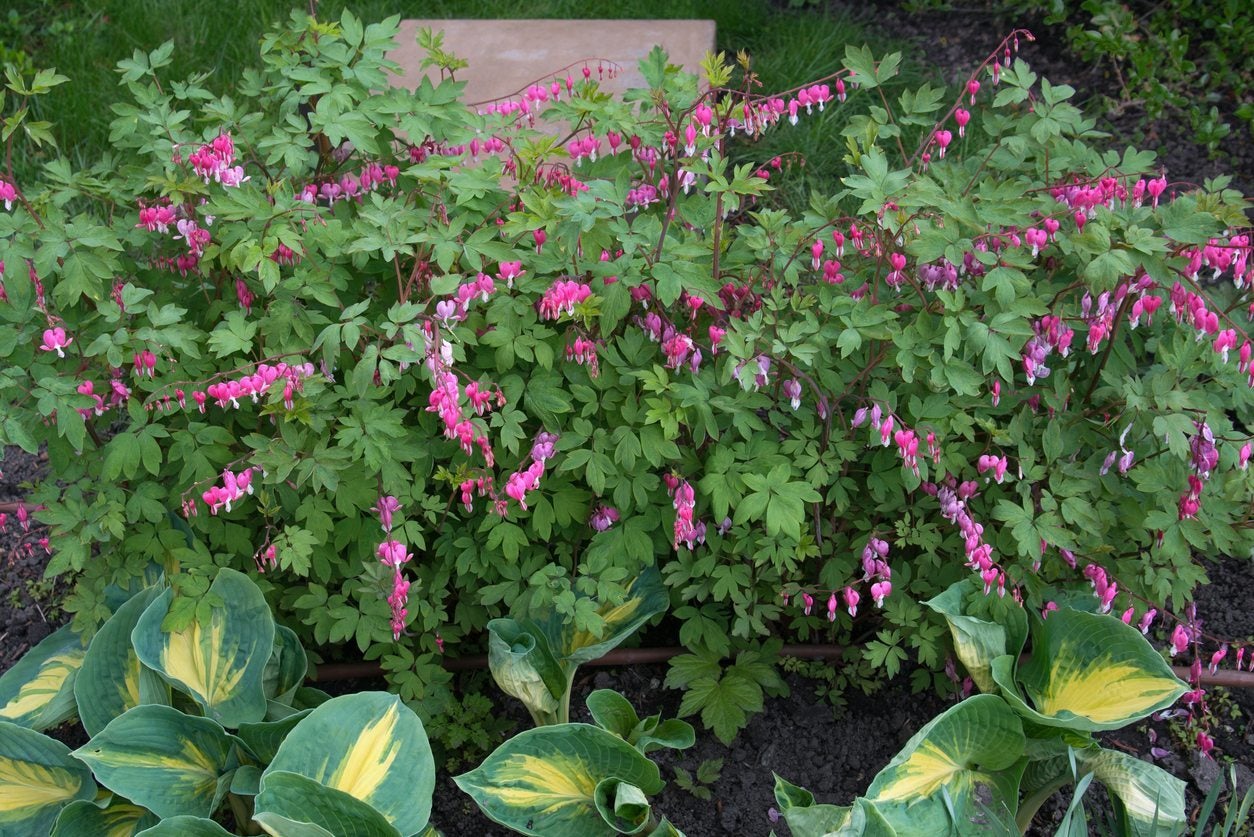

Years ago when I was new to gardening, I planted my first perennial bed with many of the old-time favorites, such as columbine, delphinium, bleeding heart, etc. For the most part, this flower bed was a beautiful success and helped me discover my green thumb. However, my bleeding heart plant always looked spindly, yellow, and barely produced any flowers. After two years of it dragging my garden down with its shabby, sickly appearance, I finally decided to move the bleeding heart to a less noticeable spot. To my surprise, the following spring this same sad little bleeding heart flourished in its new location and was covered with dramatic blooms and healthy lush green foliage. If you find yourself in a similar circumstance and need to move a bleeding heart plant, then read on to learn how.
How to Transplant a Bleeding Heart Plant
Sometimes we have a vision of a perfect flowerbed in our minds, but the plants have ideas of their own. The simple act of transplanting garden plants to a better location can occasionally help them perform better. Transplanting may seem a little scary and risky when you are new to gardening, but when done properly, oftentimes the risk pays off. Had I been afraid to move my bleeding heart, it probably would have continued to suffer until it died out. Bleeding heart (Dicentra spectabilis) is a perennial hardy in zones 3 through 9. It prefers a partially shaded location, where it will have some protection from the intense afternoon sun. Bleeding heart is not too particular about soil type, as long as the location is well draining. When transplanting bleeding heart, choose a site with afternoon shade and well-draining soil.
Caring For Bleeding Heart Transplants
When to transplant bleeding hearts depends on why you are transplanting it. Technically, you can move bleeding heart anytime, but it is less stressful for the plant if you do it in early spring or fall. If the plant is suffering in its current location, cut back any stems and foliage and transplant it to a new location. Bleeding heart plants are typically divided every three to five years. If you find yourself needing to transplant a large, established bleeding heart plant, it may be wise to divide it as well. When transplanting bleeding heart, prepare the new site first. Cultivate and loosen up the soil in the new site and add organic material if necessary. Dig a hole twice as large as the projected root ball. Dig up the bleeding heart, taking care to get as much of the root ball as you can. Plant the bleeding heart in the pre-dug hole and water it thoroughly. Water bleeding heart transplants every day for the first week, then every other day the second week and one to three times a week after that for the first active growing season.
Gardening tips, videos, info and more delivered right to your inbox!
Sign up for the Gardening Know How newsletter today and receive a free copy of our e-book "How to Grow Delicious Tomatoes".
-
 Get Ready For A Summer Of Hummers! Grow These Full Sun Hummingbird Plants and Flowers
Get Ready For A Summer Of Hummers! Grow These Full Sun Hummingbird Plants and FlowersIf you’re lucky enough to enjoy a sunny backyard, make sure you are maxing out on your pollinator opportunities and grow these full sun hummingbird plants and flowers
By Tonya Barnett
-
 12 Lush Alternatives To A Lawn For Sustainable Spaces
12 Lush Alternatives To A Lawn For Sustainable SpacesAlternatives to a lawn are beautiful and also beneficial to your local ecosystem and its pollinators. Explore our top picks for plants to replace grass.
By Tonya Barnett
-
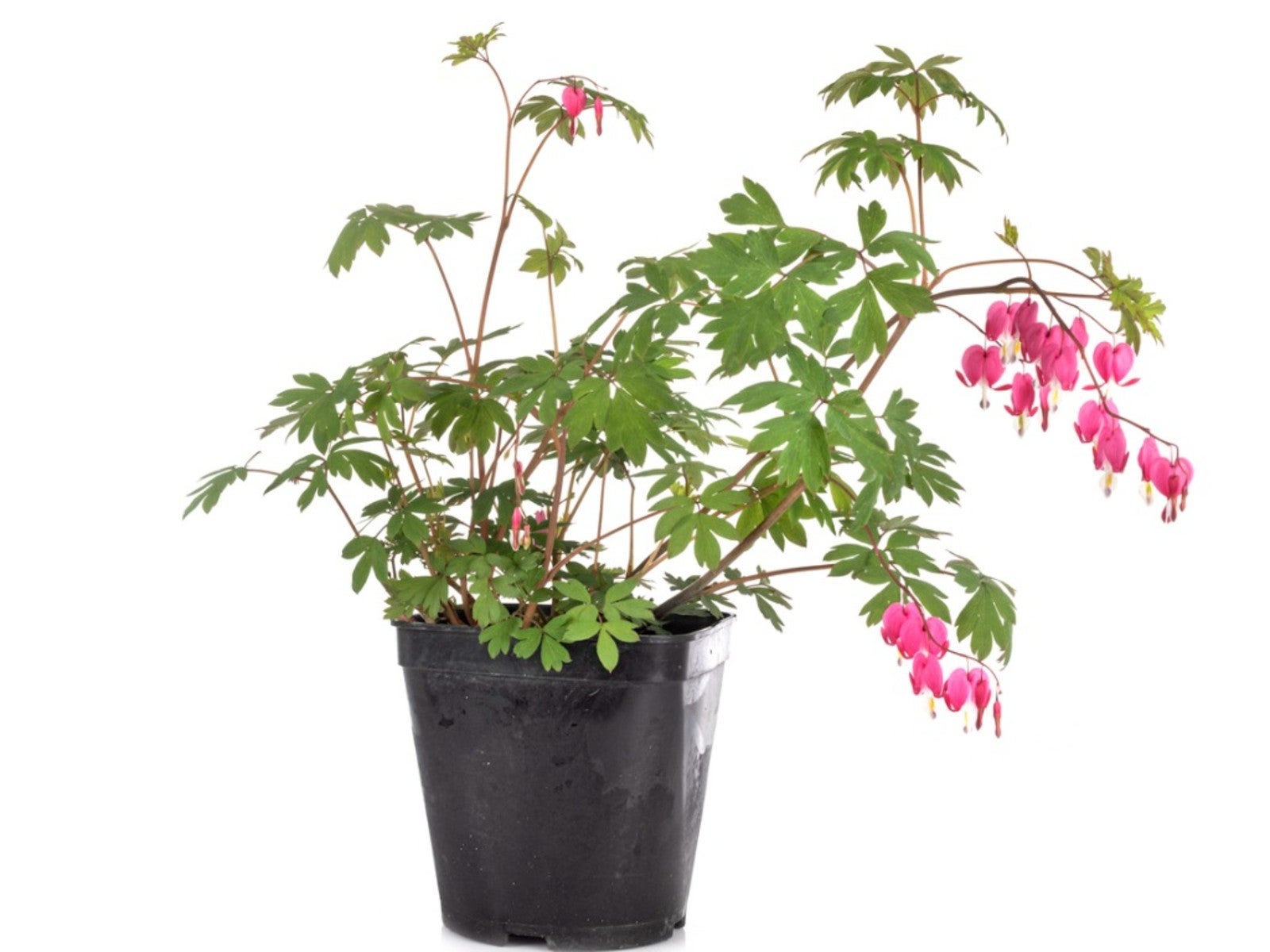 Houseplant Bleeding Heart Care – Growing A Bleeding Heart Plant Inside
Houseplant Bleeding Heart Care – Growing A Bleeding Heart Plant InsideIn order to be able to grow bleeding heart as a houseplant, it is important to know the conditions that this plant enjoys outdoors.
By Raffaele Di Lallo
-
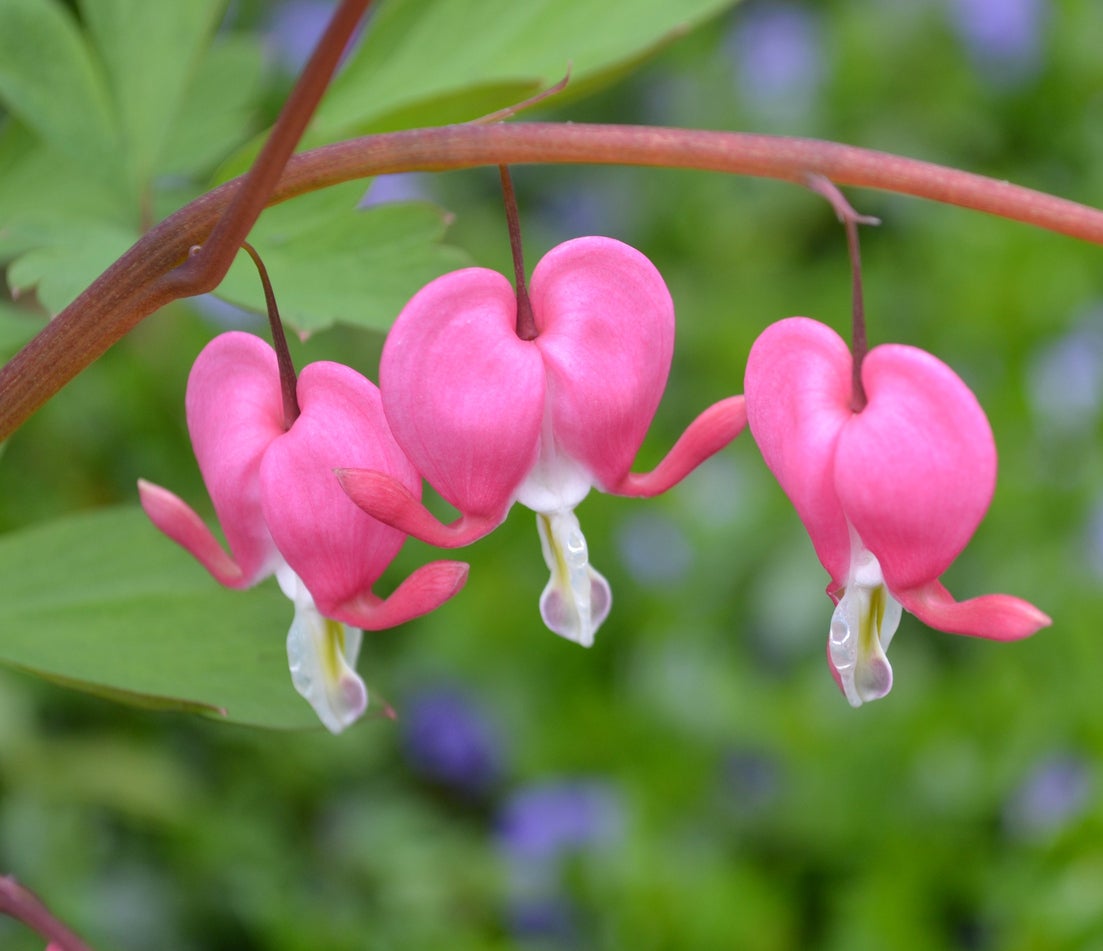 Bleeding Heart Color Change – Do Bleeding Heart Flowers Change Color
Bleeding Heart Color Change – Do Bleeding Heart Flowers Change ColorKnown for their lovely heart-shaped blooms, the most common color of which is pink, the gardener may find that a previously pink bleeding heart flower is changing color. Is that possible? Do bleeding heart flowers change color and, if so, why? Find out here.
By Amy Grant
-
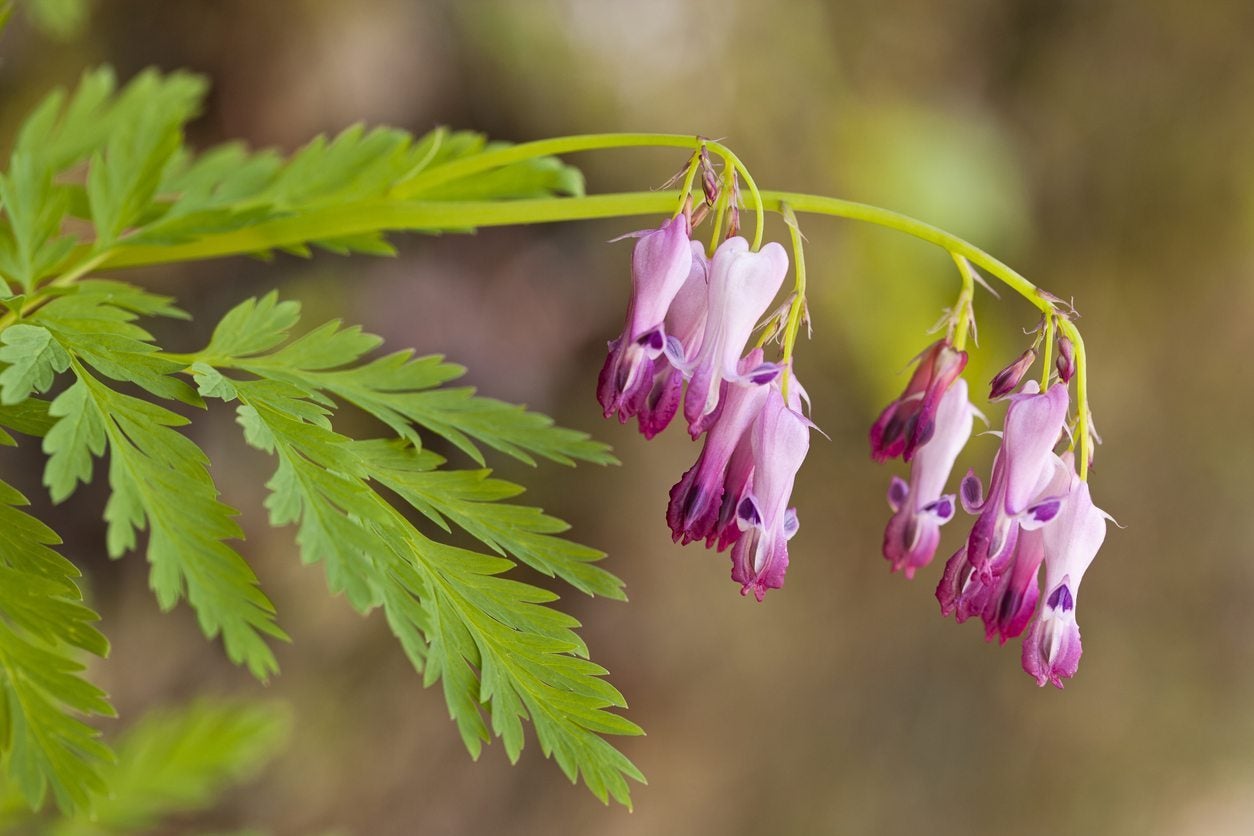 Caring For Bleeding Hearts: How To Grow A Fringed Bleeding Heart Plant
Caring For Bleeding Hearts: How To Grow A Fringed Bleeding Heart PlantWhile the old-fashioned Asian native bleeding heart (Dicentra spectabilis) is the most commonly used type in gardens, growing fringed bleeding heart varieties is gaining popularity. What is a fringed bleeding heart? Click here for more information.
By Darcy Larum
-
 Bleeding Heart Pest Problems – Common Bugs That Eat Bleeding Heart Plants
Bleeding Heart Pest Problems – Common Bugs That Eat Bleeding Heart PlantsBleeding heart is an old-fashioned perennial that adds color and charm to shady spots in your garden. While the plant is surprisingly easy to grow, it can fall prey to a number of pesky insects. If you think something is bugging your plant, click here to learn more.
By Mary H. Dyer
-
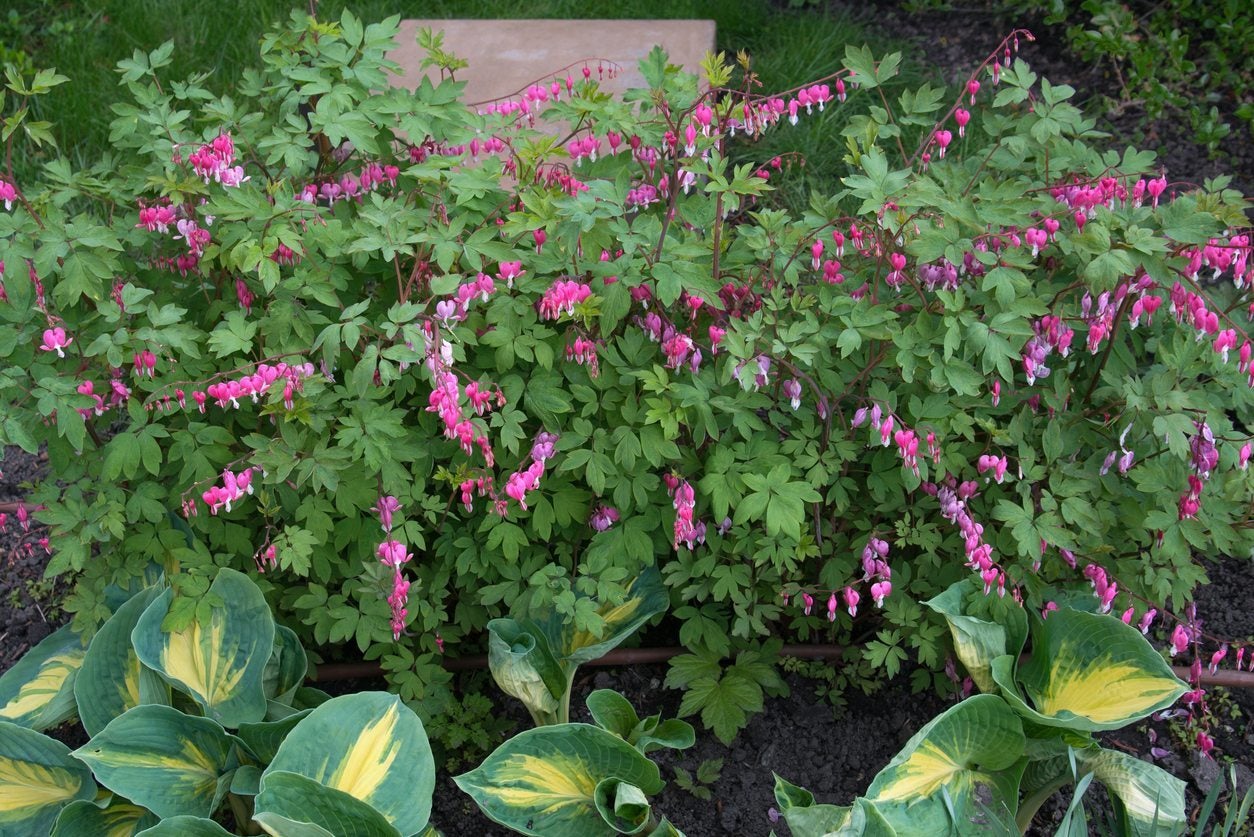 Bleeding Heart Diseases – Recognizing Diseased Bleeding Heart Symptoms
Bleeding Heart Diseases – Recognizing Diseased Bleeding Heart SymptomsBleeding heart (Dicentra spectablis) is a relatively hardy plant in spite of its lacy foliage and delicate, dangling blooms, but it can be plagued by a handful of diseases. Click on the following article to learn about common diseases of bleeding heart plants.
By Mary H. Dyer
-
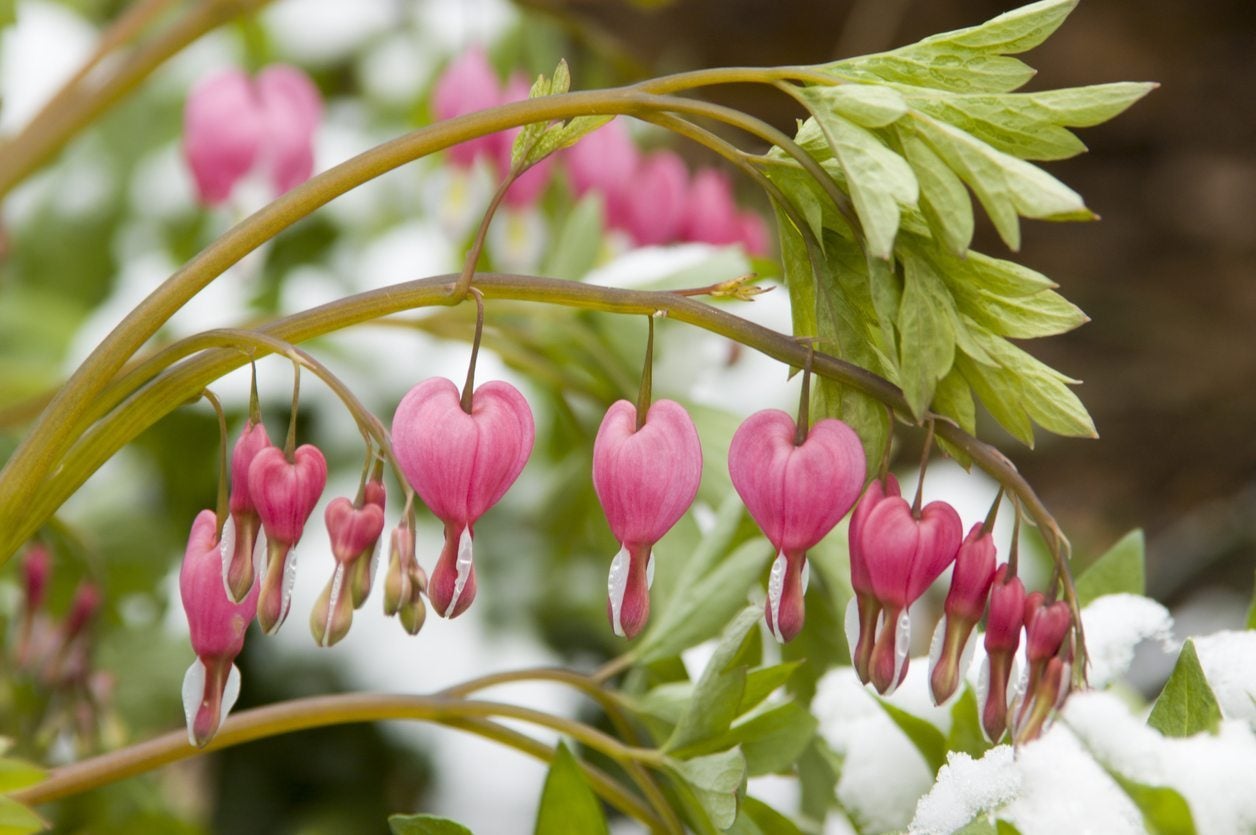 Winterizing A Bleeding Heart Plant – How To Overwinter A Bleeding Heart
Winterizing A Bleeding Heart Plant – How To Overwinter A Bleeding HeartBleeding heart bushes bring a colorful and Old World charm to any garden. But what should you do when temperatures start to drop? Click here to learn more about bleeding heart winter care and how to protect a bleeding heart during winter.
By Liz Baessler
-
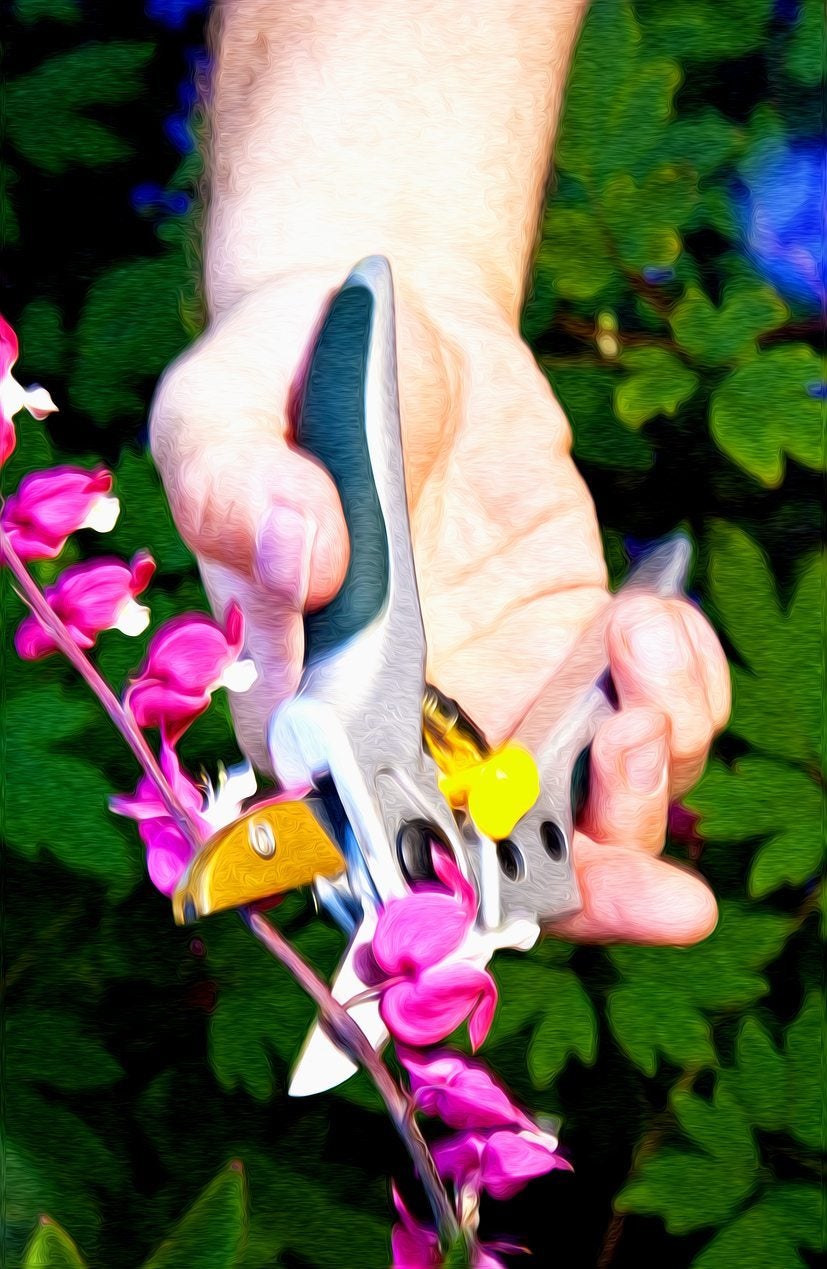 Tips For Bleeding Heart Pruning – How To Prune A Bleeding Heart Plant
Tips For Bleeding Heart Pruning – How To Prune A Bleeding Heart PlantBleeding heart plants are beautiful perennials that produce very distinctive heart-shaped flowers. But how do you keep one in check? Does it need regular pruning, or can it be allowed to grow on its own? Learn more about how and when to prune bleeding hearts here.
By Liz Baessler
-
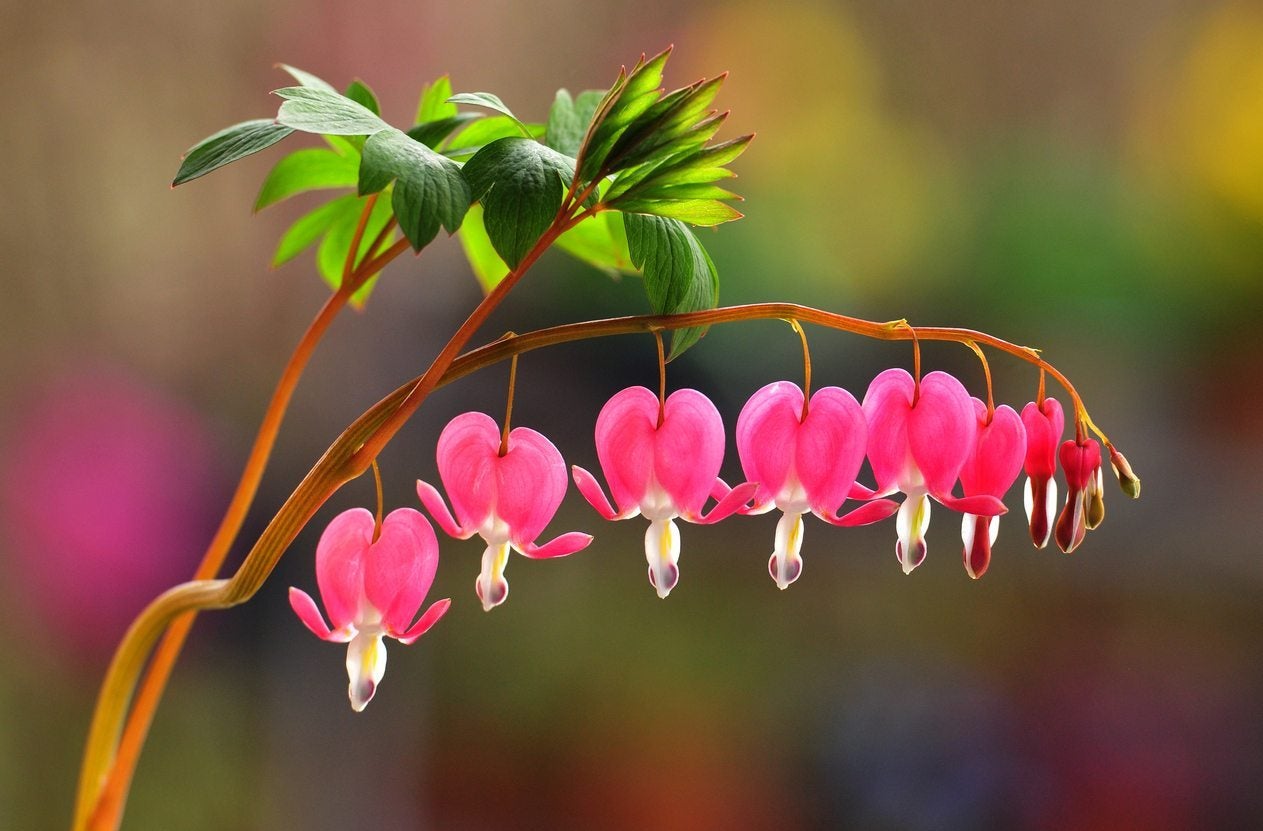 Propagating Bleeding Hearts : How To Grow More Bleeding Hearts
Propagating Bleeding Hearts : How To Grow More Bleeding HeartsFew plants match the old-fashioned charm and romantic blossoms of bleeding hearts. These whimsical plants appear in spring in shady to partially sunny locations. As perennials they come back year after year but how to propagate bleeding heart plants? Find out here.
By Bonnie L. Grant